The Difference Between Smallmouth and Largemouth Bass
While both belong to the same fish family and share a passionate following among anglers, smallmouth and largemouth bass are distinct species with fascinating differences. These popular gamefish have captivated fishing enthusiasts across North America for generations, each offering unique challenges and rewards.
Understanding the distinctions between these two bass species can enhance your fishing experience and appreciation of these remarkable predators. From their physical characteristics and habitat preferences to their fighting styles and culinary qualities, smallmouth and largemouth bass showcase nature’s diversity within closely related species.
Physical Appearance: The Most Obvious Differences

The most immediate visual difference between smallmouth and largemouth bass lies in their mouths. As their names suggest, largemouth bass (Micropterus salmoides) have noticeably larger mouths, with the upper jaw extending well past the eye when closed. Smallmouth bass (Micropterus dolomieu), in contrast, have mouths that typically end at or before the eye.
Coloration provides another key distinguishing feature, with largemouth displaying a greenish hue and a prominent horizontal black stripe along their sides. Smallmouth bass exhibit a bronze or brown coloration with vertical dark bars or stripes patterning their sides. Additionally, smallmouth bass tend to have more compact, muscular bodies compared to the deeper, more elongated profile of largemouth bass. Even their eyes differ slightly, with smallmouth often displaying reddish eyes while largemouth eyes typically appear more yellow or amber.
Size and Weight Comparisons

Largemouth bass generally grow larger than their smallmouth cousins, with record specimens reaching over 20 pounds. The current world record largemouth bass weighed an impressive 22 pounds, 4 ounces, caught in Georgia in 1932. Smallmouth bass typically max out around 12 pounds, with the world record standing at 11 pounds, 15 ounces, caught in Tennessee in 1955. On average, a mature largemouth might weigh between 2-6 pounds in most waters, while smallmouth commonly range from 1-4 pounds.
This size difference partly explains why largemouth bass have become slightly more popular among trophy hunters, though many anglers consider smallmouth to provide better pound-for-pound fighting action. Both species grow more slowly in northern waters where growing seasons are shorter, with fish reaching significantly larger sizes in southern waters with year-round growing conditions.
Habitat Preferences
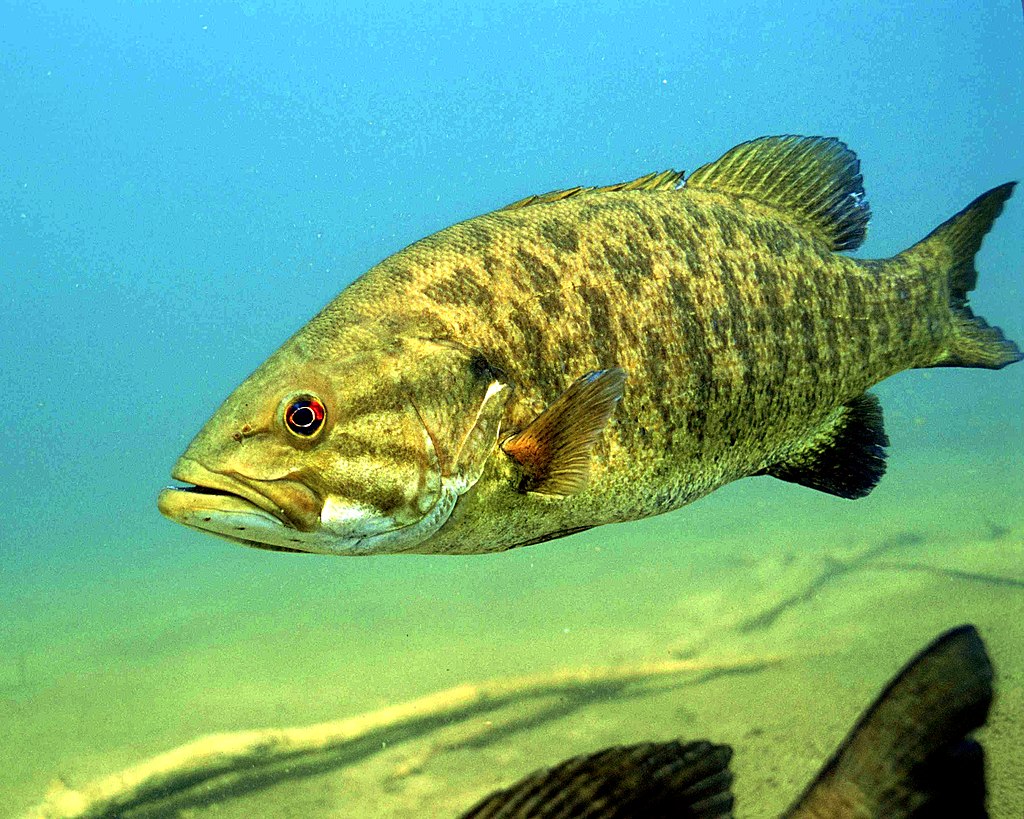
Habitat preferences represent one of the most significant differences between these bass species. Smallmouth bass thrive in clearer, cooler waters with rocky or gravel bottoms, making them common in northern lakes, flowing rivers, and streams with moderate current. They prefer oxygen-rich environments and are often found around underwater structure like rock piles, ledges, and gravel beds. Largemouth bass, conversely, flourish in warmer, shallower waters with abundant vegetation and softer bottoms.
They excel in weedy lakes, swamps, reservoirs, and slow-moving rivers where they can ambush prey from cover. Largemouth are remarkably adaptable and can tolerate murkier water conditions and lower oxygen levels than smallmouth. These habitat differences occasionally overlap, leading to waters that contain both species, though they’ll typically occupy different niches within the same body of water.
Geographic Distribution

Originally, smallmouth bass were native to the Great Lakes, St. Lawrence River, and Mississippi River basins, primarily in northern and eastern regions of North America. Largemouth bass historically inhabited the eastern and central United States, particularly in the Mississippi River basin and Atlantic and Gulf Slope drainages.
Today, however, both species have been widely introduced throughout North America and beyond due to their popularity as gamefish. Smallmouth bass remain more common in northern regions with cooler water temperatures, while largemouth have successfully adapted to waters throughout the continent, including the southern United States where they thrive in warm water environments.
Both species have been introduced globally, establishing populations in countries across Europe, Africa, Asia, and South America, sometimes with concerning ecological impacts on native species.
Diet and Feeding Behaviors
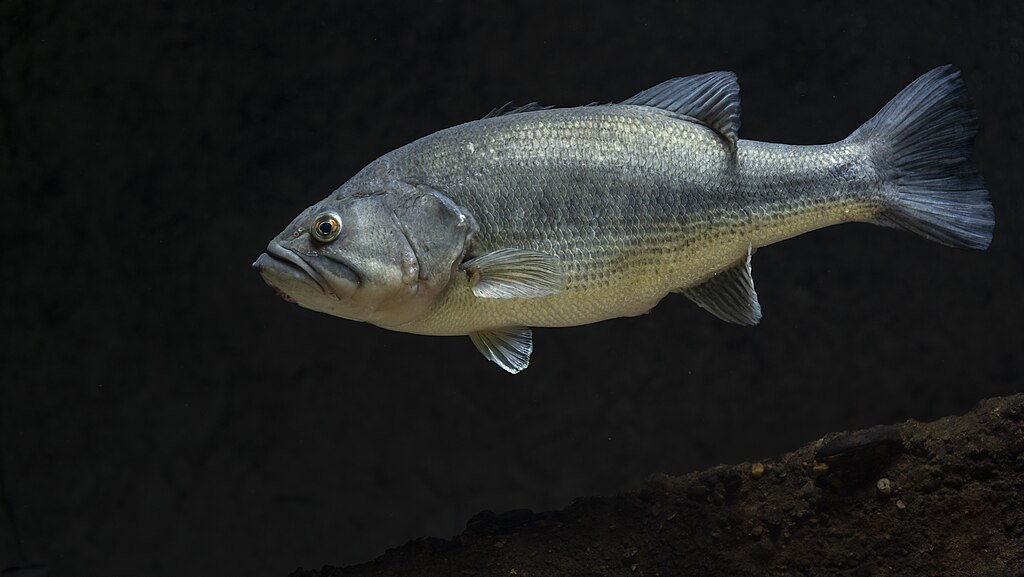
Both bass species are opportunistic predators, but they exhibit different feeding strategies that reflect their environments and physical capabilities. Smallmouth bass frequently feed on crayfish, small fish like minnows and sculpins, aquatic insects, and occasionally small mammals or amphibians. Their preference for feeding in clearer waters makes them more reliant on sight-feeding techniques and more active pursuit of prey.
Largemouth bass, with their significantly larger mouths, can consume bigger prey items, including large baitfish, frogs, small waterfowl, and even small mammals that venture too close to the water’s edge. They excel as ambush predators, using aquatic vegetation and structure to hide before lunging at passing prey. Both species modify their feeding patterns seasonally, becoming more aggressive during pre-spawn periods and adjusting their diets based on available food sources throughout the year.
Fighting Style and Behavior When Hooked

The fighting styles of these two bass species create distinctly different experiences for anglers. Smallmouth bass are renowned for their extraordinary pound-for-pound fighting ability, often making spectacular aerial leaps and powerful runs when hooked. They typically put up a more sustained fight with less pausing, utilizing their muscular bodies and the current in moving waters to their advantage.
Largemouth bass generally fight with powerful head shakes and occasional jumps, followed by attempts to dive into cover like weeds or submerged timber to break the line. Many experienced anglers describe smallmouth as “ounce for ounce, the best fighting freshwater fish,” while largemouth tend to deliver fewer but more powerful surges. Water temperature significantly affects both species’ fighting ability, with cooler temperatures reducing largemouth bass activity more dramatically than smallmouth.
Spawning Habits and Reproduction

The reproductive patterns of smallmouth and largemouth bass share similarities but with important distinctions. Both species create nests by clearing depressions in suitable bottom substrate, with males guarding the eggs and newly hatched fry. Smallmouth typically spawn when water temperatures reach 60-65°F, often selecting areas with gravel or rocky bottoms in slightly deeper water with some current.
Largemouth bass begin spawning at slightly warmer temperatures around 65-75°F, preferring protected areas with softer bottoms near vegetation or cover. The male smallmouth’s nest-guarding behavior tends to be more aggressive and persistent, sometimes continuing for weeks after hatching. Both species become highly territorial during spawning, though smallmouth often spawn in closer proximity to each other than largemouth, which typically maintain greater distances between nests.
Preferred Fishing Techniques

Fishing methods for these two bass species often differ based on their behaviors and habitats. Smallmouth bass respond well to finesse techniques, including drop-shotting, tube jigs, small crankbaits, and light tackle presentations that mimic crawfish or small baitfish. They excel in moving water, making them ideal targets for float trips down rivers and streams where current breaks and eddies hold fish. Largemouth bass, particularly trophy specimens, are often targeted with larger lures like spinnerbaits, large soft plastics, topwater frogs, and heavy flipping jigs worked through thick cover and vegetation.
Bass tournaments have evolved specialized techniques for each species, with smallmouth specialists often favoring open-water tactics while largemouth experts frequently employ power-fishing methods around heavy cover. Seasonal patterns also dictate different approaches, with both species requiring technique adjustments as water temperatures and conditions change throughout the year.
Water Temperature Preferences

Temperature tolerance represents a fundamental difference between these bass species and directly influences their behavior and habitat selection. Smallmouth bass prefer cooler water temperatures between 65-70°F for optimal activity, remaining comfortable in waters between 55-75°F. They become stressed when water temperatures exceed 80°F for extended periods, often retreating to deeper, cooler water during summer heat. Largemouth bass thrive in warmer waters between 70-85°F and remain active at temperatures that would send smallmouth seeking relief.
During extreme heat, largemouth may become less active during midday but continue feeding during morning and evening hours. Winter presents the opposite challenge, with smallmouth maintaining more activity in cold water while largemouth become notably lethargic when temperatures drop below 50°F, often suspending in deeper water until warming trends occur.
Conservation Status and Threats

Both bass species face various conservation challenges despite their widespread populations. Smallmouth bass are more vulnerable to habitat degradation, particularly water quality issues like siltation, pollution, and warming temperatures in their native cold-water environments. Their populations have declined in some watersheds due to agricultural runoff, industrial pollution, and shoreline development that impacts spawning habitat. Largemouth bass show greater resilience to environmental changes but face threats from overfishing in heavily pressured waters and habitat loss through wetland drainage and shoreline development.
Both species can be affected by the introduction of invasive species that compete for resources or prey on young bass. Climate change poses particular concerns for smallmouth bass as warming water temperatures may restrict their suitable habitat range while potentially expanding opportunities for largemouth bass to colonize previously cooler waters.
Culinary Differences

When it comes to table fare, smallmouth and largemouth bass offer distinctly different culinary experiences. Smallmouth bass are generally considered superior eating, with firmer, whiter flesh that many anglers compare favorably to walleye or other premium freshwater fish. Their diet of crayfish and small fish in cleaner, cooler waters contributes to their milder, sweeter flavor profile. Largemouth bass, particularly those from warmer or murkier waters, sometimes exhibit a stronger, fishier taste that some find less appealing. The flesh of largemouth tends to be softer and slightly darker, especially in larger specimens.
Water quality dramatically affects the eating quality of both species, with bass from clean, clear lakes generally tasting better than those from stagnant or highly vegetated waters. Conservation-minded anglers increasingly practice catch-and-release for both species, especially for larger breeding-sized fish, to maintain healthy populations.
Economic and Recreational Impact

Bass fishing represents a multi-billion dollar industry in North America, with both species contributing significantly to local economies through tourism, equipment sales, and tournament circuits. The professional bass fishing industry, dominated by organizations like B.A.S.S. and Major League Fishing, generates hundreds of millions in revenue annually, with top tournaments offering six-figure payouts. Largemouth bass have historically received more attention from major fishing tournaments, particularly in southern states, though specialized smallmouth competitions have grown in popularity in northern regions.
The economic impact extends beyond direct fishing expenditures to include boat sales, lodging, guide services, and even real estate values near premier bass fishing waters. The cultural significance of bass fishing runs deep in many communities, with high school and college bass fishing programs now developing the next generation of anglers dedicated to these remarkable sportfish.
Impact as Introduced Species

Both smallmouth and largemouth bass have been widely introduced outside their native ranges, often with significant ecological consequences. As voracious predators, they can dramatically impact native fish populations through direct predation and competition for resources. Smallmouth bass introductions have been particularly damaging in western streams where they prey on native trout and salmon, including endangered species. Largemouth bass have transformed ecosystems in countries like Japan, Spain, and South Africa, where they have no natural predators and few competitors.
Despite these concerns, fisheries managers continue to stock both species in many waters to create recreational fishing opportunities, attempting to balance ecological considerations with economic benefits. The long-term impacts of these introductions continue to be studied, with growing recognition that bass should not be introduced to waters containing sensitive native species or unique ecological communities.
Record Catches and Trophy Potential

Trophy hunting adds another dimension to the differences between these bass species. The current International Game Fish Association (IGFA) world record largemouth bass, caught by George Perry in 1932 at Montgomery Lake, Georgia, weighed an astounding 22 pounds, 4 ounces, though a Japanese angler caught a bass of similar size in 2009 that shares the record in some listings. The world record smallmouth bass, caught by David Hayes at Dale Hollow Lake on the Kentucky-Tennessee border in 1955, weighed 11 pounds, 15 ounces, though controversy has surrounded this record.
Trophy standards differ significantly between the species, with a 5-pound smallmouth considered an exceptional catch in most waters, while serious largemouth anglers might consider 10 pounds the trophy threshold. Geographic location dramatically influences trophy potential, with Florida-strain largemouth in southern waters having much greater growth potential than northern populations, and the Great Lakes region producing some of the largest smallmouth specimens.
Conclusion

In conclusion, smallmouth and largemouth bass represent two of North America’s most beloved sportfish, each with distinctive characteristics that appeal to different anglers. From their physical appearance and fighting style to their habitat preferences and culinary qualities, these differences showcase the remarkable diversity within the black bass family. Understanding these distinctions not only enhances fishing success but also deepens appreciation for these magnificent gamefish. Whether you prefer the acrobatic fights of smallmouth in clear, cool rivers or the explosive strikes of largemouth from beneath lily pads, both species continue to captivate anglers and play crucial roles in freshwater ecosystems across the continent. Their continued conservation ensures future generations will enjoy the unique challenges and rewards that smallmouth and largemouth bass provide.
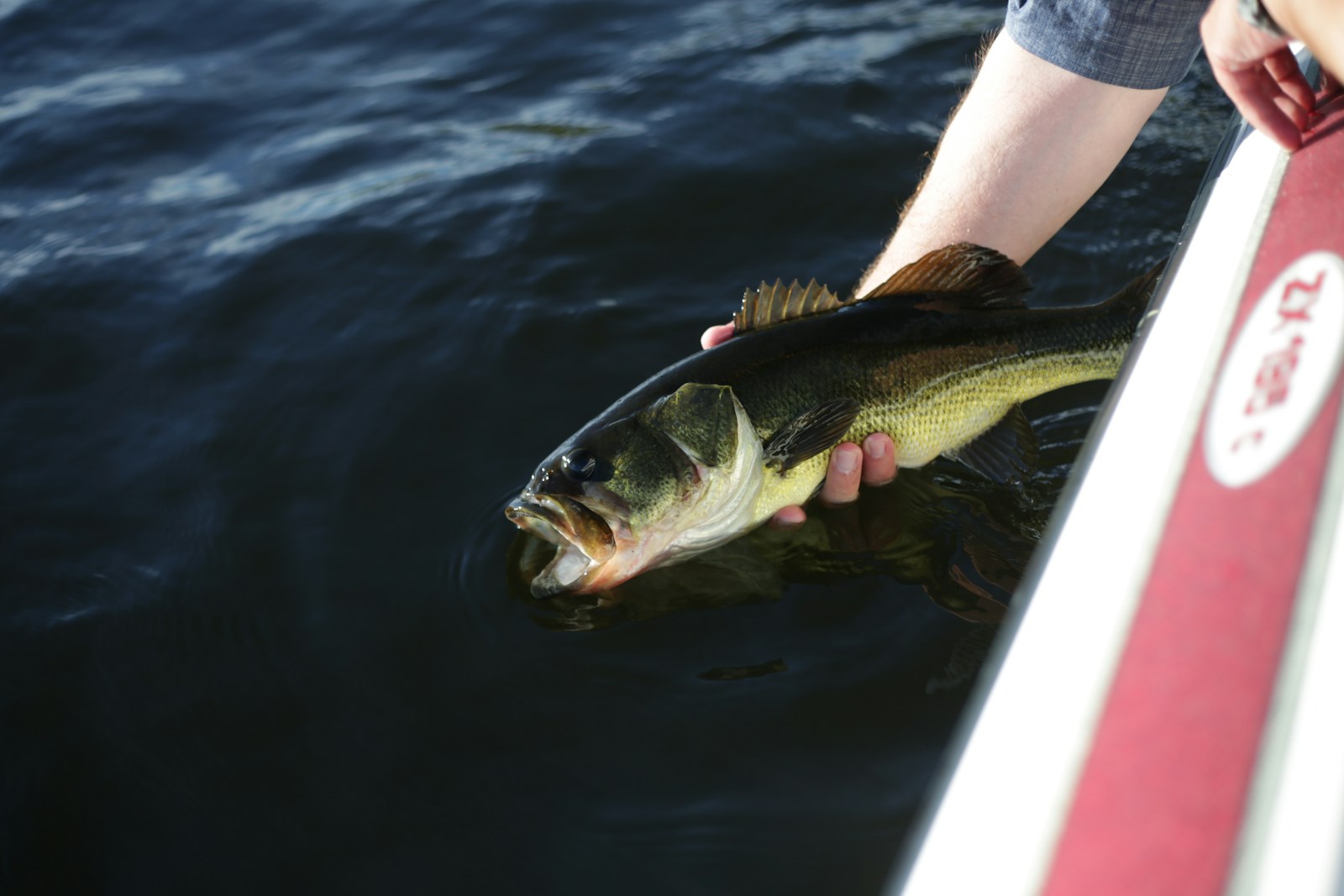
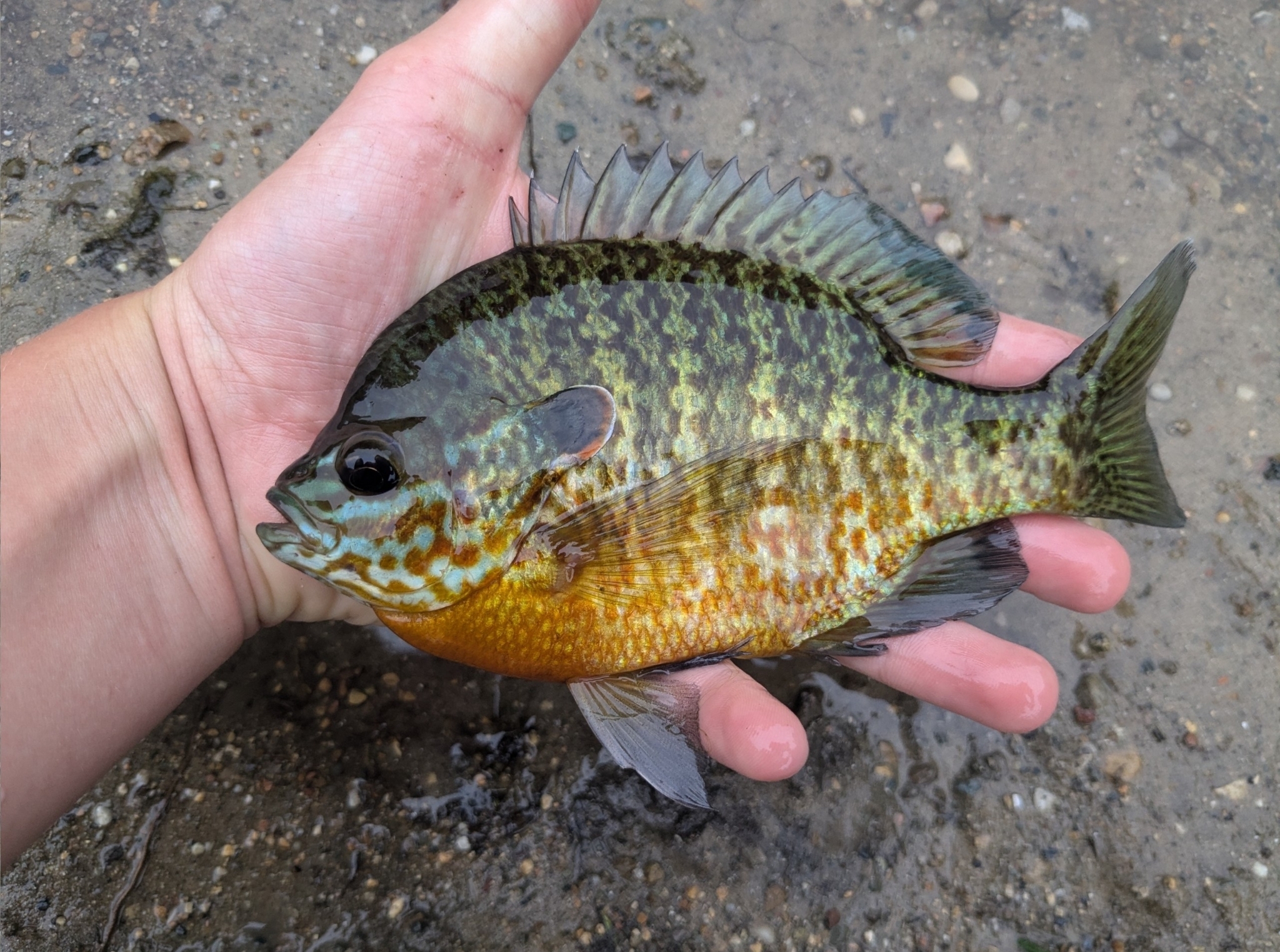
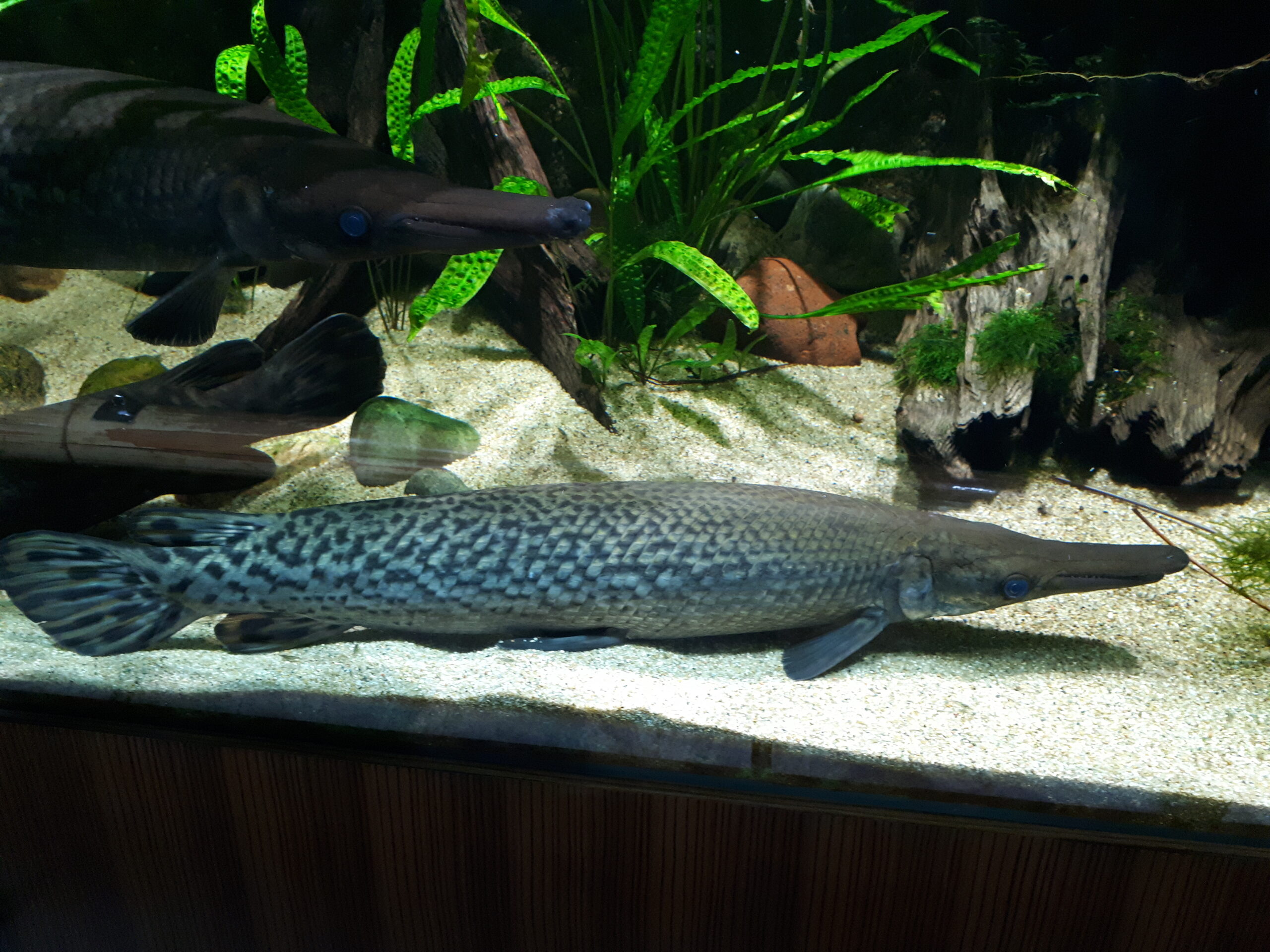
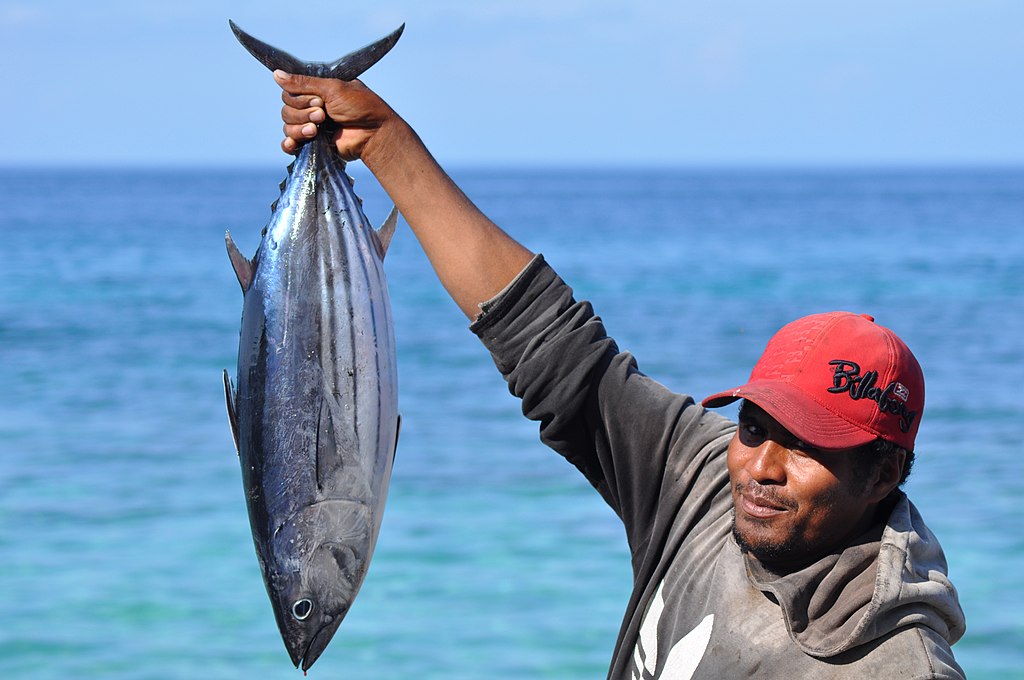










Post Comment